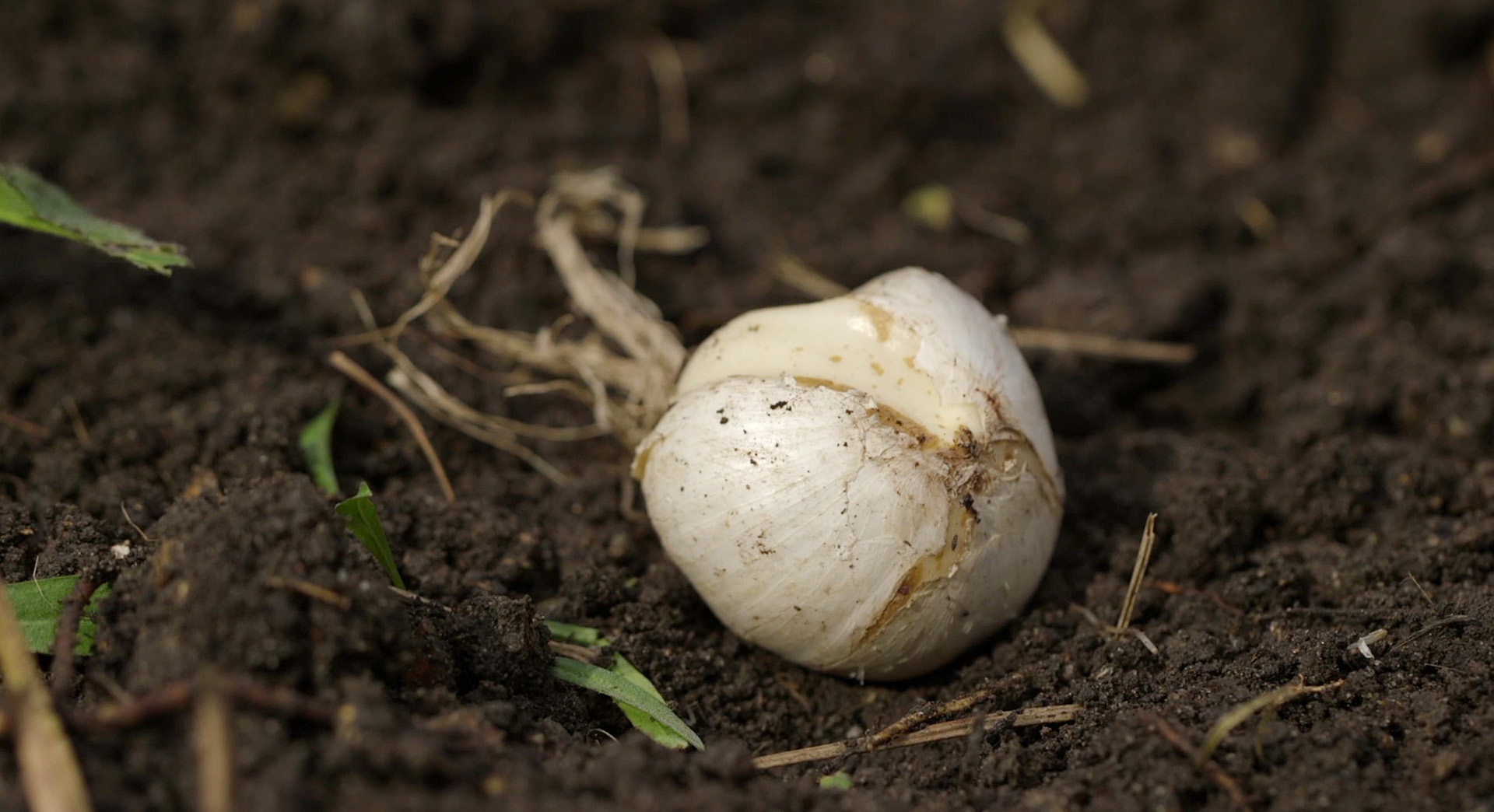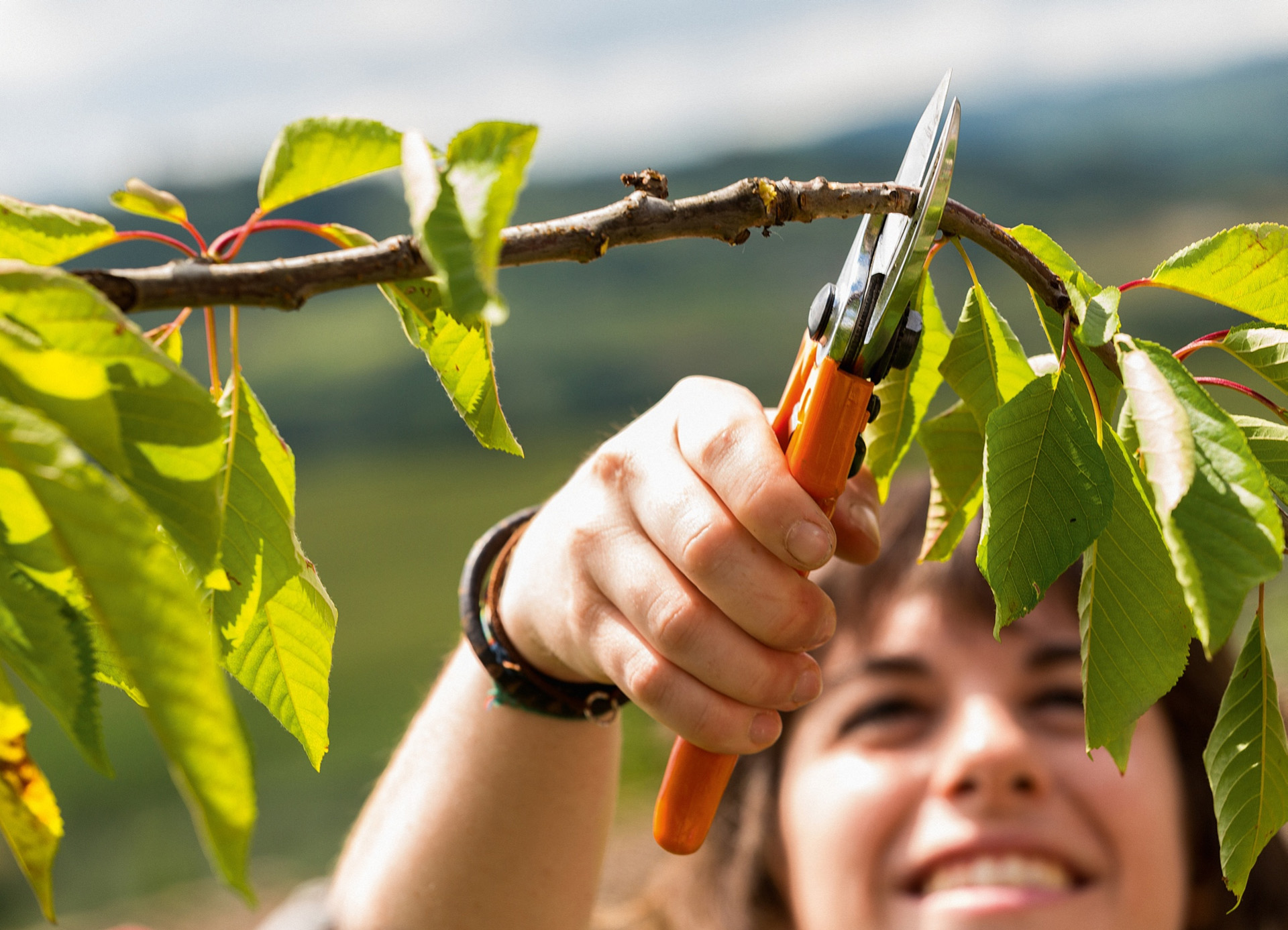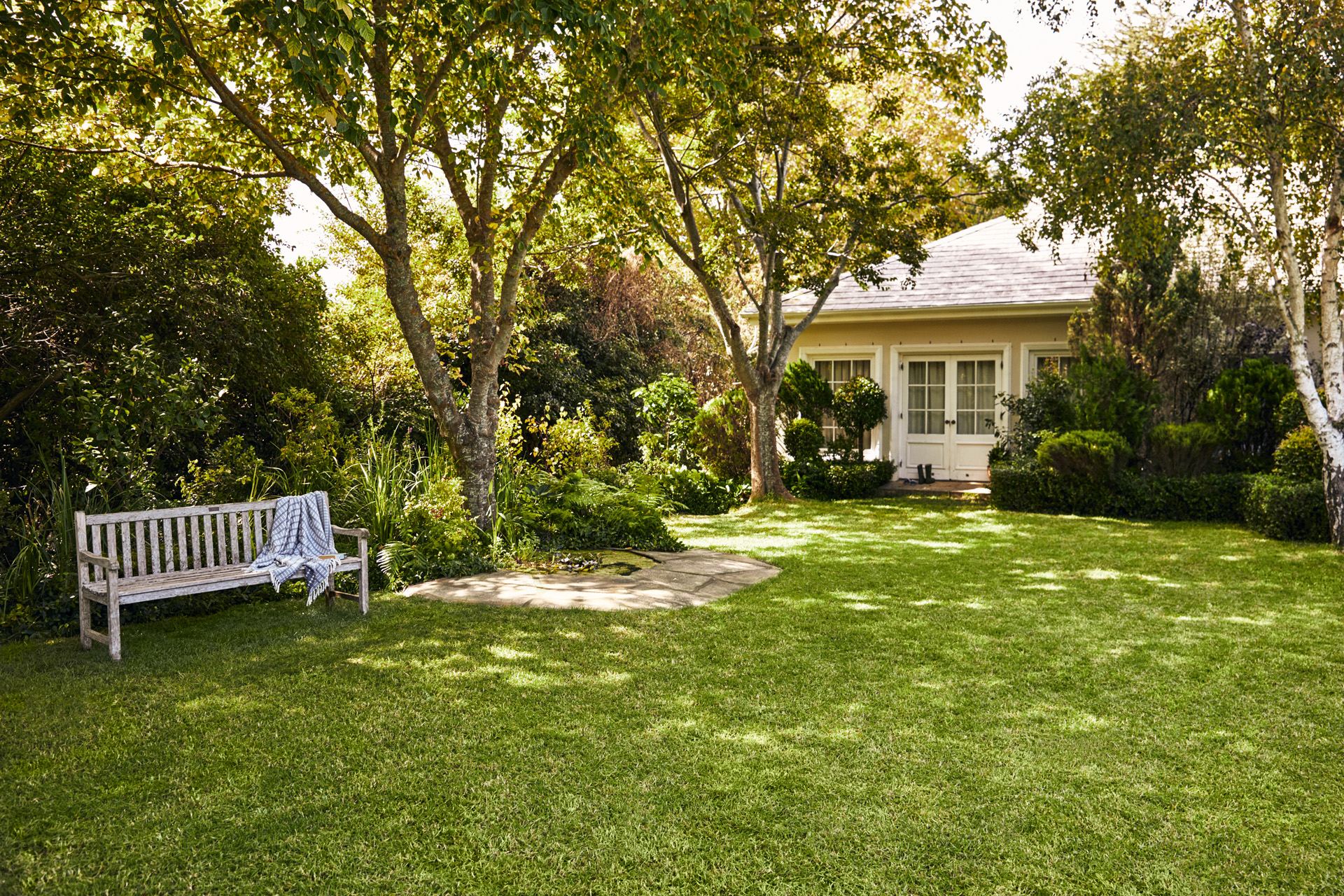Beware of poisonous hedges
Most Australian hedges are considered safe, however some shrubs and hedges are toxic if ingested in large quantities.
Poisonous Hedges
Lilly Pilly (Syzygium spp.)
- Toxicity: Generally safe, but some species may have berries that can cause mild stomach upset if ingested in large quantities
- Toxicity: Generally safe, but some species may have berries that can cause mild stomach upset if ingested in large quantities
Photinia (Photinia spp.)
- Toxicity: Leaves contain cyanogenic glycosides, which can release cyanide when chewed. This can be harmful if ingested in large amounts
- Toxicity: Leaves contain cyanogenic glycosides, which can release cyanide when chewed. This can be harmful if ingested in large amounts
Murraya (Murraya paniculata)
- Toxicity: Generally considered non-toxic, but it's always best to supervise children and pets around any plant
- Toxicity: Generally considered non-toxic, but it's always best to supervise children and pets around any plant
Safe Hedges
Boxwood (Buxus spp.)
- Toxicity: Leaves and stems contain alkaloids that can be toxic if ingested in large quantities
- Toxicity: Leaves and stems contain alkaloids that can be toxic if ingested in large quantities
Viburnum (Viburnum spp.)
- Toxicity: Generally non-toxic and safe for gardens with children and pets
- Toxicity: Generally non-toxic and safe for gardens with children and pets
Forsythia (Forsythia spp.)
- Toxicity: Non-toxic and safe for children and pets
- Toxicity: Non-toxic and safe for children and pets
It's always a good idea to supervise children and pets around any plants and consult with local experts or your vet if you have concerns about specific plants in your garden.
Some caution is also required when trimming certain plants, so you should make sure you wear the right protective clothing when shaping and maintaining your hedge such as gloves and eye protection.























